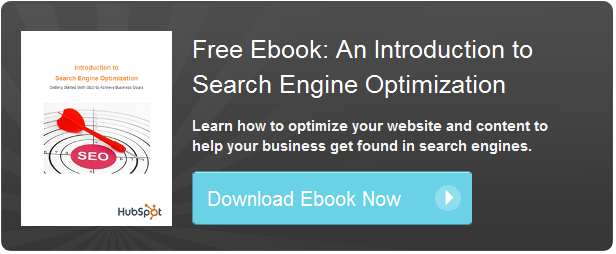Recognizing how buyers navigate through their purchase process gives sellers the insight to improve their process management for fun and profit.
Mathew Sweezey | September 12, 2013 |
 I’ve heard the term “buyer’s journey” more than ever over the past year and a half. Marketers have been talking about understanding the buyer’s journey for some time now, but I haven’t seen any hard data to define what exactly this term means. I decided to research the buyer’s journey concept to better understand how to leverage it in modern marketing. To understand the buyer’s journey concept, I surveyed 400 B2B buyers and compiled their answers to create the first definitive guide to the modern buyer’s journey.
I’ve heard the term “buyer’s journey” more than ever over the past year and a half. Marketers have been talking about understanding the buyer’s journey for some time now, but I haven’t seen any hard data to define what exactly this term means. I decided to research the buyer’s journey concept to better understand how to leverage it in modern marketing. To understand the buyer’s journey concept, I surveyed 400 B2B buyers and compiled their answers to create the first definitive guide to the modern buyer’s journey.
Why I Surveyed Buyers Instead of CMOs
I’m tired of reading surveys from chief marketing officers (CMOs) when the average CMO only drives a 5 percent click-though rate on emails. That means most CMOs fail 95 percent of the time when trying to drive engagement in the buyer’s journey. So to understand the buyer’s journey, I knew I had to survey the real buyers – not CMOs – if I wanted to get to the bottom of things.
What I Found
When asking buyers, I wanted to really understand their habits and their process much better. From understanding habits and processes, we can then map our marketing to those two behaviors and increase our engagement. So my questioning started with understanding how they research. Understanding research is the key to understanding the buyer’s cycle, because every buyer’s cycle starts with research.
- The buyer’s journey starts online. The buyer’s journey begins with research, and 76 percent of my respondents said that they start with Google. In contrast, 15 percent of people said that they ask their peer groups first, but they still engage with search at some point in their buyer’s journey. A stunning 99 percent of respondents agreed that their search terms change as their research deepens.
- The buyer’s journey has three steps. The next question I asked was aimed toward respondents who said that they begin their search on Google: How many times after the initial search do you go back to Google and search again during your research process? Seventy-two percent of respondents returned to Google two to three times during their buyer’s journey. Putting the journey in that context allows us to then craft content appropriate to each stage in the buyer’s journey. This is key because 77 percent of respondents also said they want different content at each stage of their journey.
- Buyers prefer shorter content. If buyer’s want different content at each stage, let’s talk about the type of content we should be creating. I also asked their preferred size of content. Seventy percent of respondents said they prefer content under five pages long.
If you take these three fundamental understandings of the buyer’s journey, you can easily increase your engagement rates with targeted content and emails and ultimately convert more prospects into leads for your company.
Three Ways to Use This Information
- Define the three stages of your marketing cycle. Break your marketing cycle into three stages of interest. Then craft your content to fit each stage. Research shows that you need three stages, and people want different content at each stage. Tailor your content to each stage for increased engagement.
- Keep your content short and stage-specific. Make sure your content is targeted to each stage, and under five pages in length. The majority of content out there is generalized and applicable to any or all stages in the buying cycle. If you find that this is the case for your content, try breaking it down into shorter, more easily digestible sections, then separate them out and tailor them to the appropriate stage. This gives you more run out of your efforts, and it gives your buyers a better experience – one that matches the way they want to consume.
- Match your SEO terms and SEM buys to your three stages. Ninety-nine percent of people are going to search for a different term at each stage. Understanding this basic truth, and knowing that most buyers like getting different content at each stage, will help you to better match your search marketing with the correct content and relevant calls-to-action.
You can watch me present this data here. Also, please leave me messages in the comments section below or ping me on Twitter @msweezey if you have any questions on this research or how to implement these ideas.
Image on home page via Shutterstock.
This column was originally published on July 30, 2013.

 Comments
Comments




